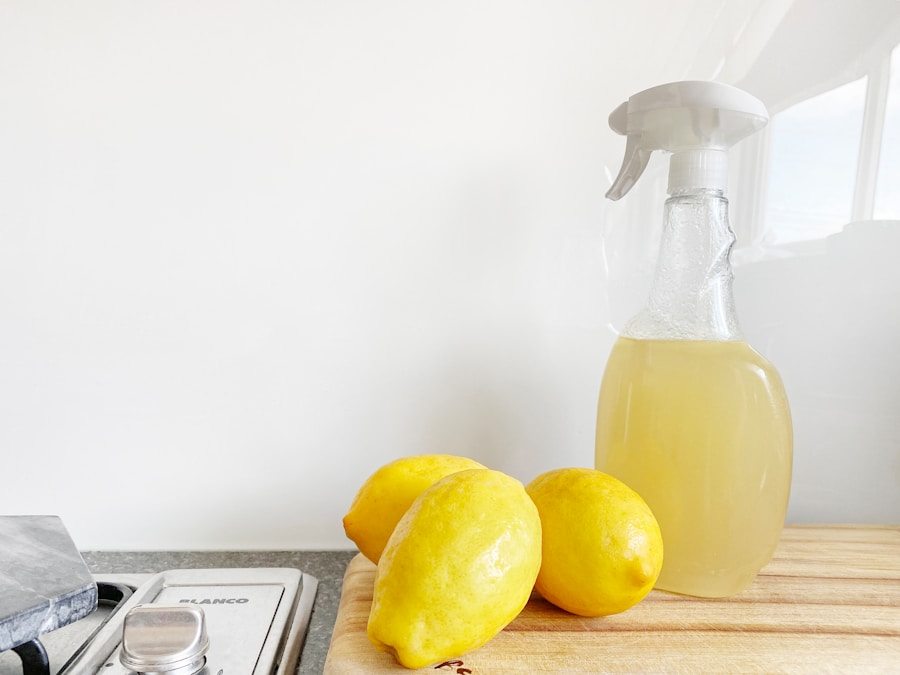Shared bathrooms are a common feature in many households, especially in shared living spaces such as dormitories, hostels, and shared flats. While shared bathrooms offer convenience and cost-saving benefits, they also present unique challenges when it comes to maintaining cleanliness and hygiene. With multiple people using the same facilities, it’s important to establish good hygiene practices to ensure that the bathroom remains a clean and healthy environment for all users. This article will provide tips and guidelines for maintaining cleanliness in shared bathrooms, including personal hygiene practices, cleaning routines, and hygiene hacks for common bathroom areas.
Tips for Keeping the Bathroom Clean
Keeping a shared bathroom clean requires a collective effort from all users. One of the most important tips for maintaining cleanliness in a shared bathroom is to establish a cleaning schedule. This can be done by creating a rota system where each user takes turns to clean the bathroom on a regular basis. It’s also important to set clear guidelines for cleaning tasks, such as wiping down surfaces, emptying the bins, and replenishing supplies. Additionally, providing cleaning supplies such as disinfectant sprays, toilet cleaners, and sponges can encourage users to take responsibility for maintaining the cleanliness of the bathroom.
Another tip for keeping the bathroom clean is to encourage users to clean up after themselves. This includes wiping down the sink and countertop after use, disposing of any litter in the bins, and ensuring that the toilet is flushed and left in a hygienic condition. Clear communication and reminders about these basic hygiene practices can help to prevent the build-up of dirt and grime in the bathroom.
Personal Hygiene Practices in Shared Bathrooms
In addition to maintaining the cleanliness of the bathroom as a whole, it’s important for users to practice good personal hygiene when using shared facilities. This includes washing hands thoroughly after using the toilet, using toilet seat covers or toilet paper to prevent contamination, and disposing of sanitary products in the designated bins. Users should also be mindful of their grooming habits, such as keeping hair and beard trimmings contained and cleaning up any spills or splashes after using grooming products.
To promote good personal hygiene in shared bathrooms, it can be helpful to provide hand soap, hand sanitiser, and disposable hand towels for users to use. Clear signage and reminders about handwashing and hygiene practices can also reinforce the importance of personal cleanliness in shared bathroom environments.
How to Maintain Cleanliness in Shared Shower Areas
Shared shower areas require special attention when it comes to maintaining cleanliness and hygiene. To prevent the build-up of mould and mildew, it’s important to encourage users to wipe down the shower walls and doors after use. Providing a squeegee or shower spray can make this task easier and more convenient for users. Regular cleaning of shower drains and grates is also essential to prevent blockages and unpleasant odours.
In addition to regular cleaning, it’s important to address any maintenance issues in the shower area promptly. This includes fixing leaky faucets, repairing broken tiles, and addressing any signs of water damage or mould growth. By addressing maintenance issues in a timely manner, you can prevent more serious hygiene problems from developing in the shared shower area.
Hygiene Hacks for Toilet and Sink Areas
Toilets and sink areas are common trouble spots in shared bathrooms, but there are several hygiene hacks that can help to keep these areas clean and sanitary. One effective hack is to use toilet bowl cleaner tablets or bleach tablets to keep the toilet bowl clean and fresh between regular cleanings. These tablets can be placed in the toilet tank or bowl to help prevent the build-up of stains and odours.
Another hygiene hack for sink areas is to use disinfectant wipes or sprays to quickly clean and sanitise the sink and countertop after use. Providing these cleaning supplies in a convenient location can encourage users to take a proactive approach to maintaining cleanliness in the sink area. Additionally, using a drain strainer in the sink can help to prevent blockages and clogs caused by hair, soap scum, and other debris.
Importance of Regular Cleaning and Maintenance
Regular cleaning and maintenance are essential for promoting a clean and healthy bathroom environment in shared living spaces. By establishing a cleaning schedule and encouraging users to take responsibility for maintaining cleanliness, you can prevent the build-up of dirt, grime, and bacteria in the bathroom. Regular cleaning also helps to address any maintenance issues promptly, preventing more serious hygiene problems from developing.
In addition to regular cleaning, it’s important to conduct deep cleaning sessions on a periodic basis to address any areas that may have been overlooked during regular cleaning routines. This can include tasks such as scrubbing grout lines, descaling showerheads, and deep cleaning toilet bowls. By incorporating deep cleaning into your maintenance routine, you can ensure that all areas of the bathroom receive thorough attention on a regular basis.
Promoting a Clean and Healthy Bathroom Environment
Maintaining cleanliness in a shared bathroom requires a collective effort from all users. By establishing clear guidelines for cleaning tasks, promoting good personal hygiene practices, and addressing maintenance issues promptly, you can create a clean and healthy environment for all users to enjoy. Encouraging open communication and collaboration among users can also help to promote a sense of shared responsibility for maintaining cleanliness in the bathroom. With these tips and guidelines in mind, you can create a positive bathroom environment that promotes good hygiene and wellbeing for all users.
